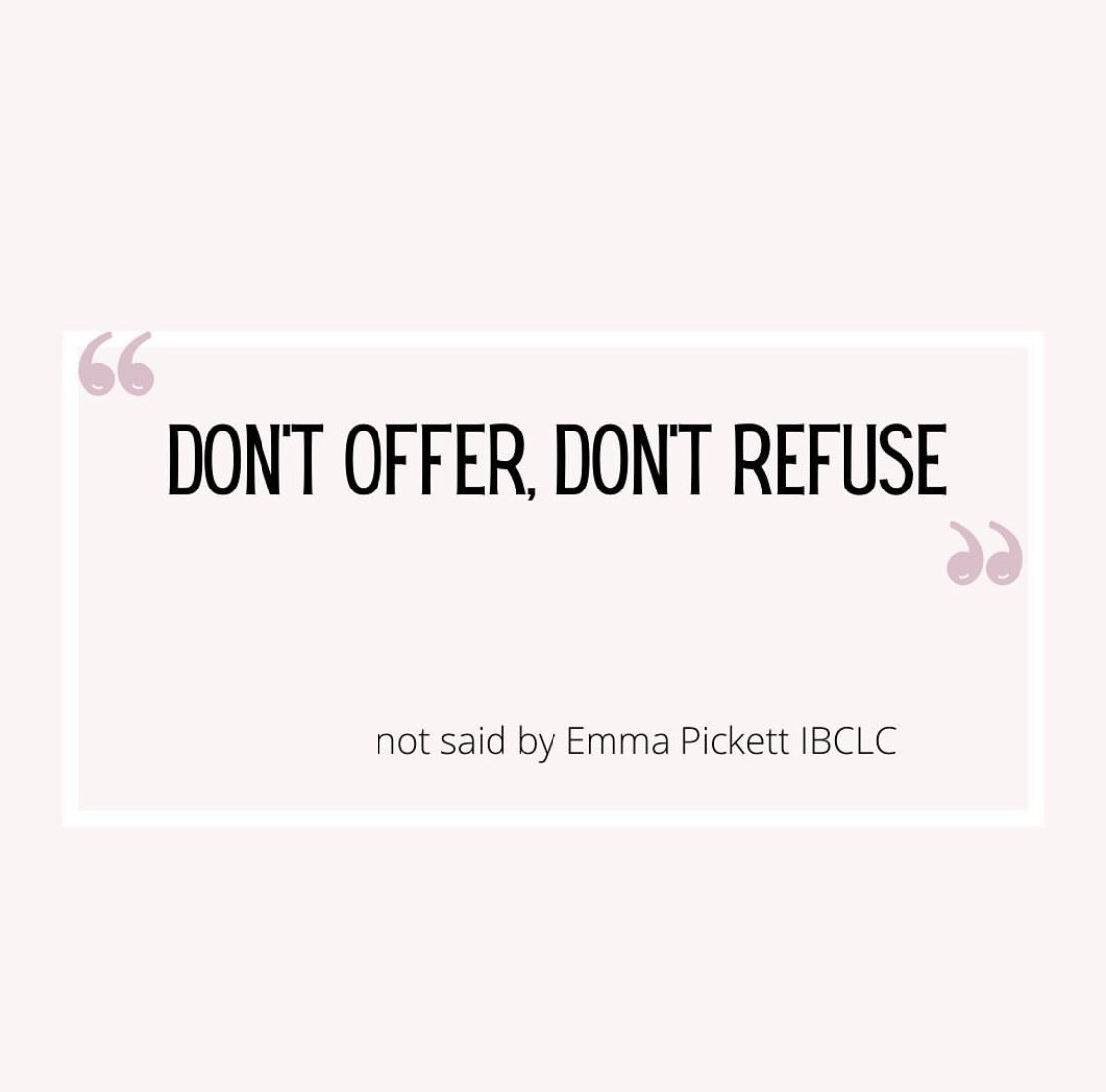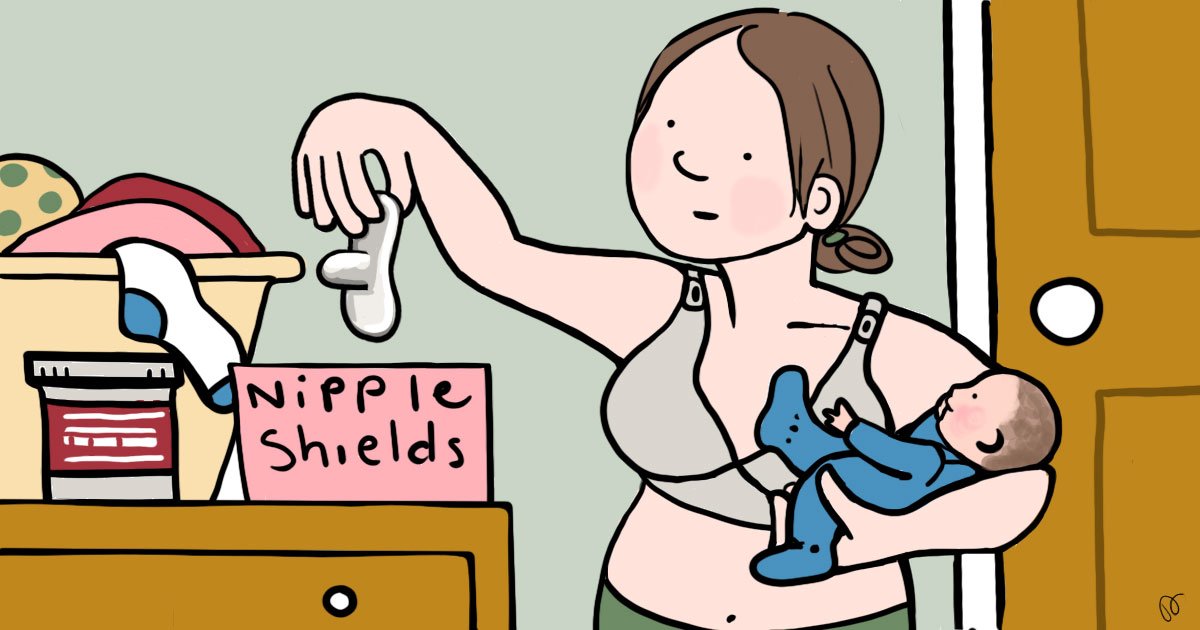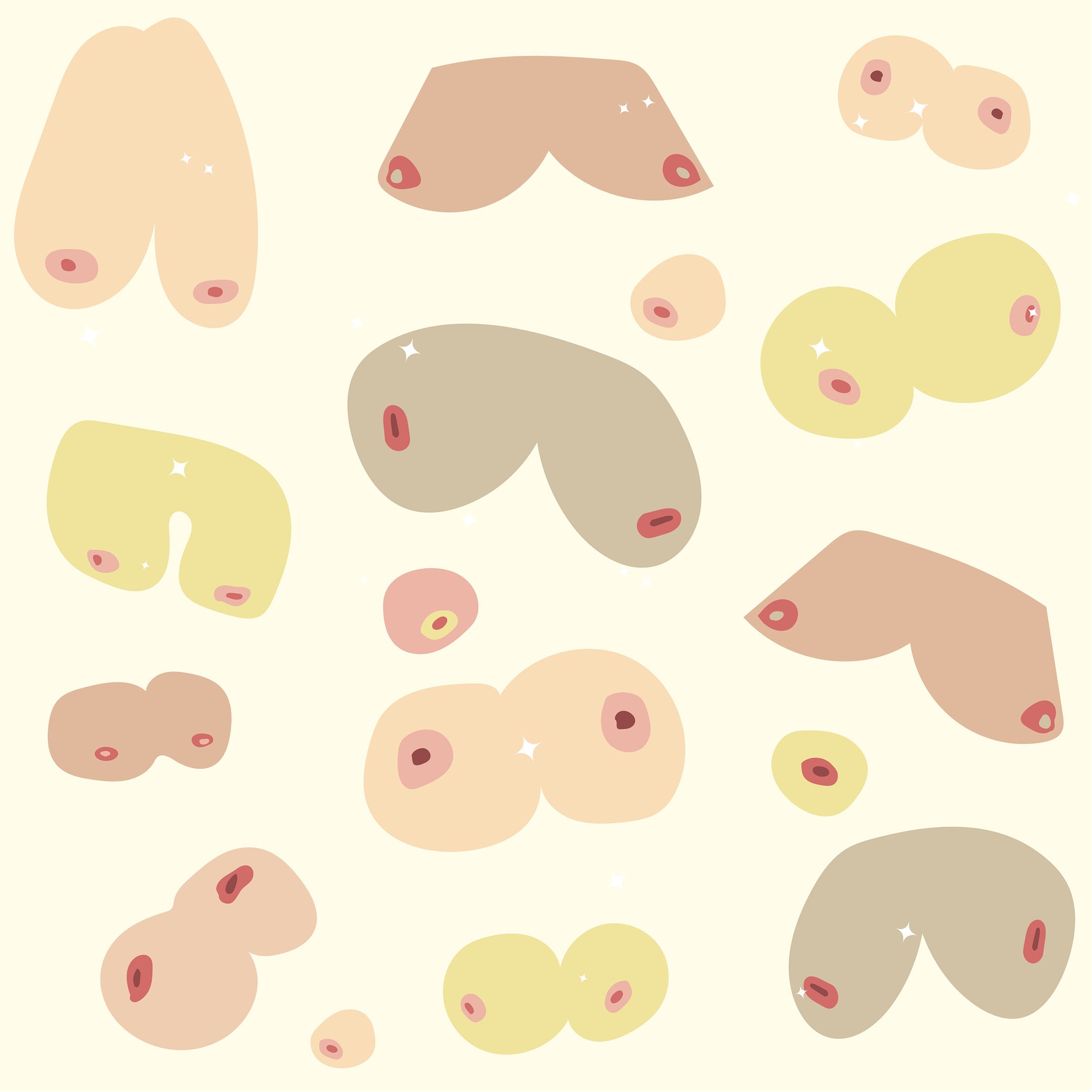Welcome to my blog.
I started writing articles back in 2011, when I first became a lactation consultant. Some articles have been viewed millions of times and shared internationally every day. Some have gone on to inform a book or a conference presentation. You can use the search box below to help you find what you need.
-
Nipple shields, oversupply, low supply, intervals, nursing strike, breast refusal, weaning, dental decay, lactation cookies, flat nipples, grannies, family support
My new book: “The Story of Jessie's Milkies”—OUT NOW
My most recent book, “The Story of Jessie's Milkies”, is an engaging and empowering book that explores possible endings to nursing, to help you and your child navigate the end of your breastfeeding relationship.



















